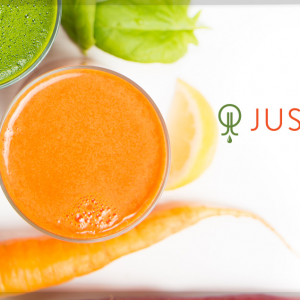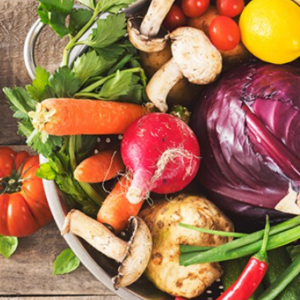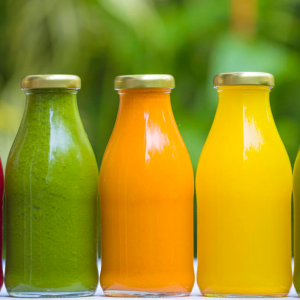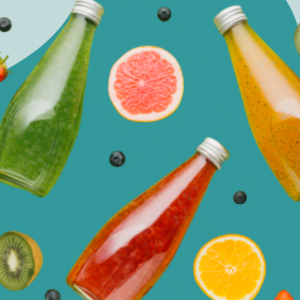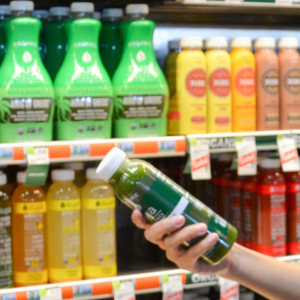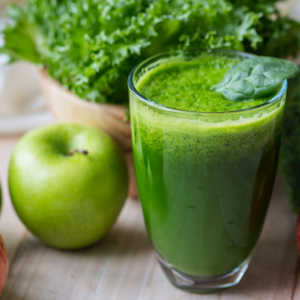What is a major function of pancreatic juice?
Spread the love. Share this article with your friends.
Do you want to know What is a major function of pancreatic juice? Your pancreas plays a significant role in digestion. It is located in your stomach, right behind your stomach. It’s about the size of your hand. During digestion, your pancreas makes pancreas juice called enzymes.
This enzyme breaks the sugar, fat, and starch. Your pancreas also helps your digestive system by making hormones. It is a chemical envoy that travels through your blood. The hormone pancreas helps regulate blood sugar levels, and appetite stimulates stomach acid and tells your stomach when to be empty.
Alkaline Fluids:
The pancreas juice consists of an alkaline fluid (especially bicarbonate) and enzymes; 200-800 ml produced every day. Enzymes, such as trypsin, lipase, and amylase, are essential for digestion, mostly protein, fat, and carbohydrates in food.
The pancreas consists of exocrine and endocrine parts: bicarbonates and fluids issued by ductular cells, especially under secret influences. Enzymes are produced by acinar cells in response to the stimulation of intrapancreatic cholinergic neuron vagal neurons. Cholecystokinin (CCK) activates enzyme secretion by stimulating vagal afferent.

Two Important Functions:
Bile continues to be issued by the heart as two factions: Independent bile faction, controlled by Secretary and CCK, similar to pancreatic juice; The section depends on bile salts containing gall salt. The call flow is controlled by storage in the gallbladder and by Oddi sphincter.
In postprandially, the gallbladder contract under the vagal and CCK stimulation, and the basal sphincter tone in the vater ampulla falls to allow bile into the duodenum. There is evidence for inner digestive cycling pancreaticobiliary secretion, which is synchronous with the gut cycle migration complex’s main phase.
Enzyme Pancreas:
Your pancreas creates a natural juice called the pancreatic enzyme to break down food. This juice travels through your pancreas through the channel. They empty the top of your small intestine called the duodenum. Every day, your pancreas produces around 8 ounces of digestive juice filled with enzymes. It is a different enzyme:
Lipase. This enzyme works along with bile, produced by your heart, to break fat in your diet. If you don’t have enough lipases, your body will have difficulty absorbing fat and fat-soluble vitamins (A, D, E, K). Symptoms of low-fat absorption include diarrhea and defecation.
Protease. This enzyme breaks the protein in your diet. It also helps protect you from germs that can live in your intestines, such as certain bacteria and yeast. Not digested proteins can cause allergic reactions to several people.
Amylase. This enzyme helps break the starch into sugar, which your body can use for energy. If you don’t have enough amylase, you might get diarrhea from carbohydrates that are not digested.
Pancreatic hormone:
Many cell groups produce hormones in your pancreas. Unlike the enzyme released into your digestive system, hormones are released into your blood and carry messages to other parts of your digestive system. The hormone of the pancreas includes:
Insulin. This hormone is made in pancreatic cells known as beta cells. Beta cells form around 75% of pancreatic hormone cells. Insulin is a natural body hormone that helps your body use sugar for energy. Without sufficient insulin, your sugar levels rise in your blood, and you develop diabetes.
Glucagon. Alfa cells form around 20% of cells in your pancreas that produce hormones. They produce glucagon. If your blood sugar is too low, glucagon helps raise it by sending a message to your heart to release stored sugar.
Gastrin and Amylin. Gastrin is mainly made in cell G in your stomach, but some are made in the Pancrease too. It stimulates your stomach to produce stomach acid. Amylin is made in beta cells and helps control appetite and stomach emptying.
Rich Source of Protein:
Pancreatic juice is a rich source of protein that is released from pancreatic cancer cells and hence is the ideal specimen for the discovery of biomarkers [4]. The latest study, regarding the analysis of Pancreas Juice Proteom, has revealed the existence of 14 regulated proteins and ten regulated.
The research identified MMP-9 protein, DJ-1, and A1BG increased in pancreatic juice from PDAC patients, showing their utility in diagnosis and screening [7]. Other studies have identified HIP / PAP-I (hepatocarcinoma-intestinal pancreas / pancreatitis-related protein I) in pancreatic juice as biomarkers for PDAC.
Pancreatic Juice as a Biomarker:
Pancreatic juice can be a biomarker for a PC diagnosis. Previous studies showed increased levels of more pancreatic juice in patients with PCs than in control [108]. The array-tissue research showed that the presence of proteins related to Parkinson’s disease, Ashen, and Park7, increased in Parkinson’s disease and was told to increased levels of pancreatic juice.
However, the mechanism of action is still unclear [109-111]. In contrast, the high expression of metabolic enzymes, such as nucleoside phosphorylase, which is involved in the purine synthesis rescue pathway, can be considered possible biomarkers for PCs.
Read more at Total Organic.

